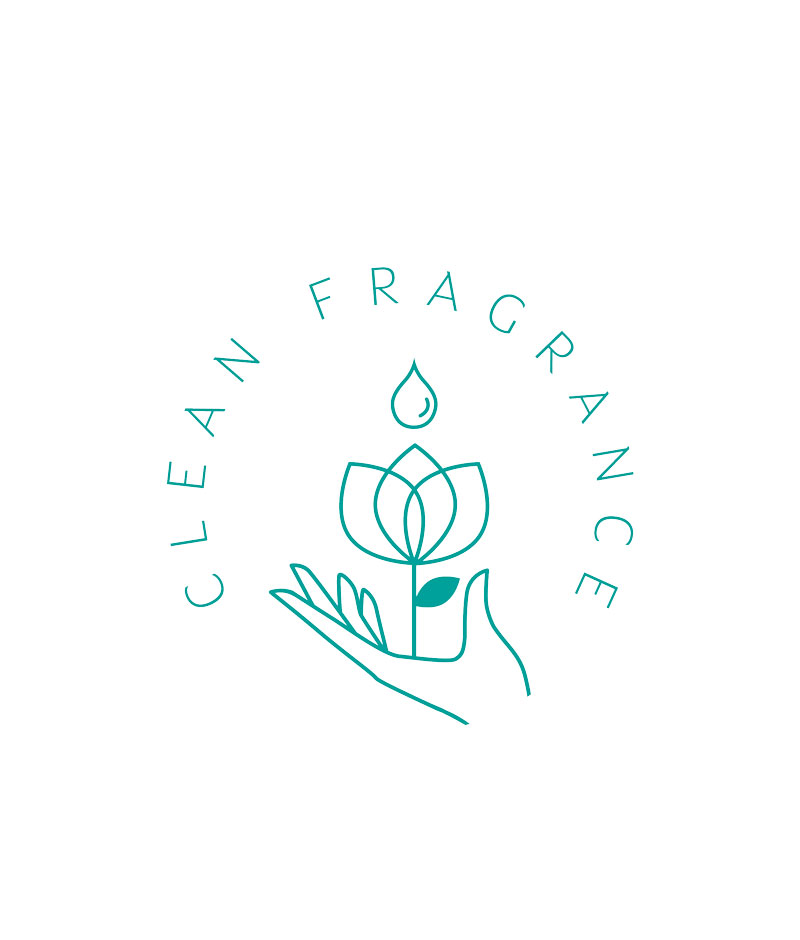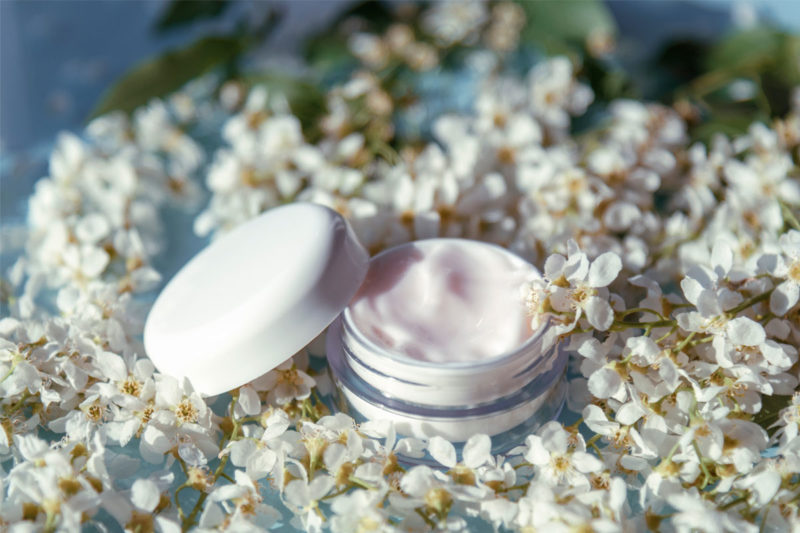A clean skincare product is primarily a virtuous skincare product. While there’s no precise definition, the notion of clean takes account of the product’s formulation as well as the whole ecosystem around it: the packaging, value chain, ethics and the environment. Clean beauty, which arose out of health concerns, shuns a certain number of ingredients that are referred to as controversial. While every brand has its own blacklist (however short or long) shunning these controversial ingredients, fragrance is often among them.

So how do you go about fragrancing a range of clean skincare products with a schedule of specifications that’s this exacting when it comes to being kind to the skin and the planet? How can a product be clean whilst still bringing with it the pleasure of a gorgeous fragrance that vouches for greater effectiveness? Because it’s now been proven by neuroscience: products that elicit positive emotions are more effective. And fragrance, like consistency, plays an active role in this.
Here are the explanations from Laurie Junillon, Marketing and Communications Director of Sozio, a family-run fragrance design house with a 260-year history.
What do clean skincare product brands want these days, when it comes to fragrance?
Their schedules of specifications are increasingly complex, because consumers are increasingly clued up, want absolute transparency and 100% naturalness. Finding out the exactly what is in formulations is an essential pursuit for them. But the word “fragrance” on the INCI list (the product ingredients list that appears on the packaging) is less than transparent, because we don’t really know exactly what’s behind it.
In addition, for the Yuka verdict to appear in green, the formulation must not contain allergens (which are very commonly found in fragrances). So staying creative whilst meeting these requirements is making formulation increasingly difficult.
Is a clean fragrance necessarily a natural one?
No, not necessarily. Clean does not mean 100% natural.
By clean, we mean free from certain controversial ingredients such as CMR agents (substances that are carcinogenic, mutagenic or toxic to reproduction) and allergens. That’s the prime criterion, rather than naturalness.
So a clean fragrance includes both natural and synthetic raw materials, which are all respectful of the skin and the planet. Before, to formulate fragrance in a natural way, we had essential oils and absolutes at our disposal. Now we have green chemistry and supercritical CO2 extraction, but the range of fragrance notes at our disposal is more limited.
Is it possible to be 100% natural and clean?
Non, car cela supposerait de pouvoir accepter des matières premières photo-sensibilisantes, No, because that would mean accepting raw materials that promote photo-sensitivity, those that are allergenic and even CMR. The aim is to be able to offer a fragrance that’s 100% safe for human health and the environment.
What are the requirements for Cosmos certification?

For a fragrance to be Cosmos certified, it has to be 100% natural, or of natural origin (based on isolates*) and free from any raw materials that are synthetic (i.e. of petrochemical origin).
*An isolate is a scent molecule isolated from a plant
Does all that require a lot of effort to inform and educate the consumer?
Yes, absolutely. Explaining why you can’t have everything is paramount.
Anyone who thinks that natural equals good and synthetic equals bad is taking a simplistic view! On one hand, green chemistry makes it possible to yield molecules that are very effective without impacting on natural resources.
On the other hand, there are synthetic raw materials that are 100% safe for human health (and the environment) which have the huge merit of being neither CMR nor allergenic. Here we could mention ozonic floral scent (Florol), fruity coconut scent (aldehyde C18) and apricot scent (decalactone gamma).
Conversely, some natural ingredients are not totally harmless, since they can be allergenic, CMR or photo-sensitising, like lemon essential oil. Natural includes plant-based raw materials and also those of animal origin such as beeswax, ambergris and musk. To yield these olfactory notes, synthetic alternatives are a worthwhile option. Ultimately it’s up to each brand to make that choice and determine the priority ranking of each of their requirements.
What’s the difference between the natural and synthetic olfactory palettes?
With a permitted upper limit of 20% natural-origin raw materials, and without being able to use their “standard” palette of synthetic raw materials, formulating natural fragrances calls for ingenuity on the part of the fragrance designer. And the scents of some flowers are not extractable. It’s the case for lily of the valley, from which no essential oil or absolute can be made. The fragrance designer has to work with combinations of particular natural raw materials to recreate the olfactory note that they would have yielded using synthetic raw materials. With 100% natural formulation, some notes like musk, sea air and ozonic floral notes are more difficult to produce, since there they have no natural equivalents.
How do you meet this booming demand for clean fragrances?

We are continuously improving our “green” and environmental approach, and have decided to take it further by creating the CLEAN FRAGRANCE label. This is a cross between American and EU regulations (USDA NOP, COSMOS, ÉCOLABEL, etc. ) pertaining to human health and respectfulness of the environment, to offer fragrances free from controversial ingredients. It’s our internal blacklist.
What’s the development process of a fragranced clean skincare product like?
We work from unfragranced bases with various consistencies (gel, cream, oil, etc.) and develop the fragrance accordingly. Because fragrance comes through differently in different products. A skincare product can have a less than inviting base scent due to certain raw materials used, such as surfactants which are foaming agents. This is where fragrance comes in, to mask the base scent and yield a formulation with a pleasant smell. So we create a clean fragrance for each clean formulation, to ultimately come up with a skincare product that’s clean in its entirety.







